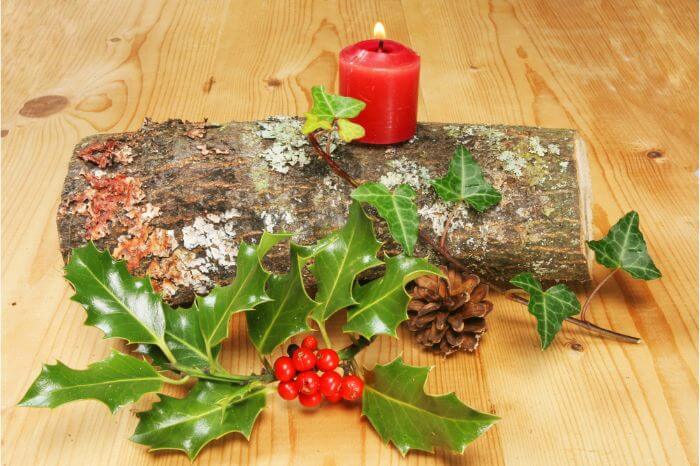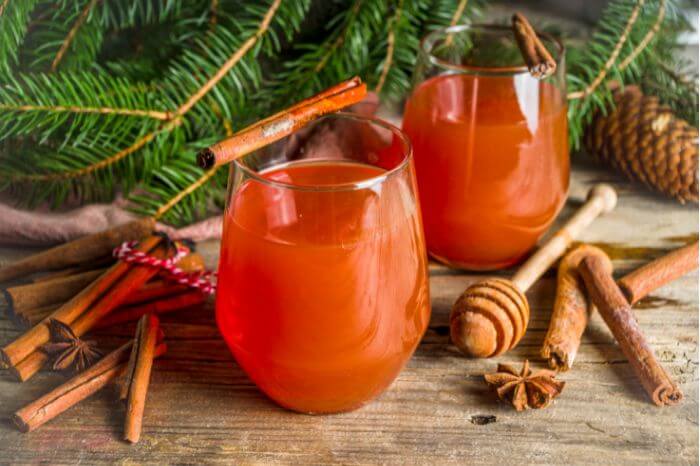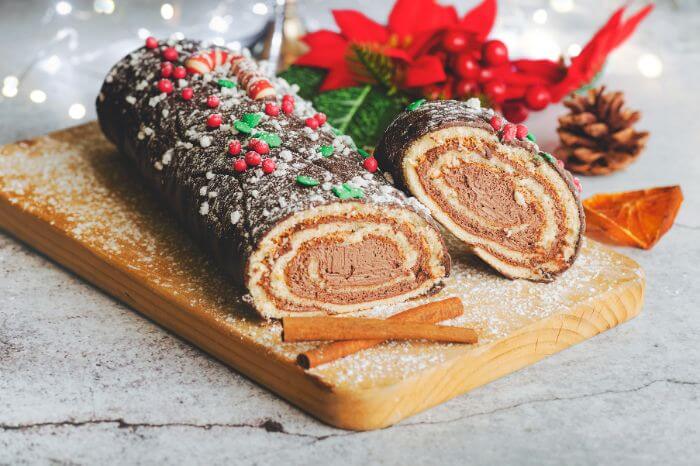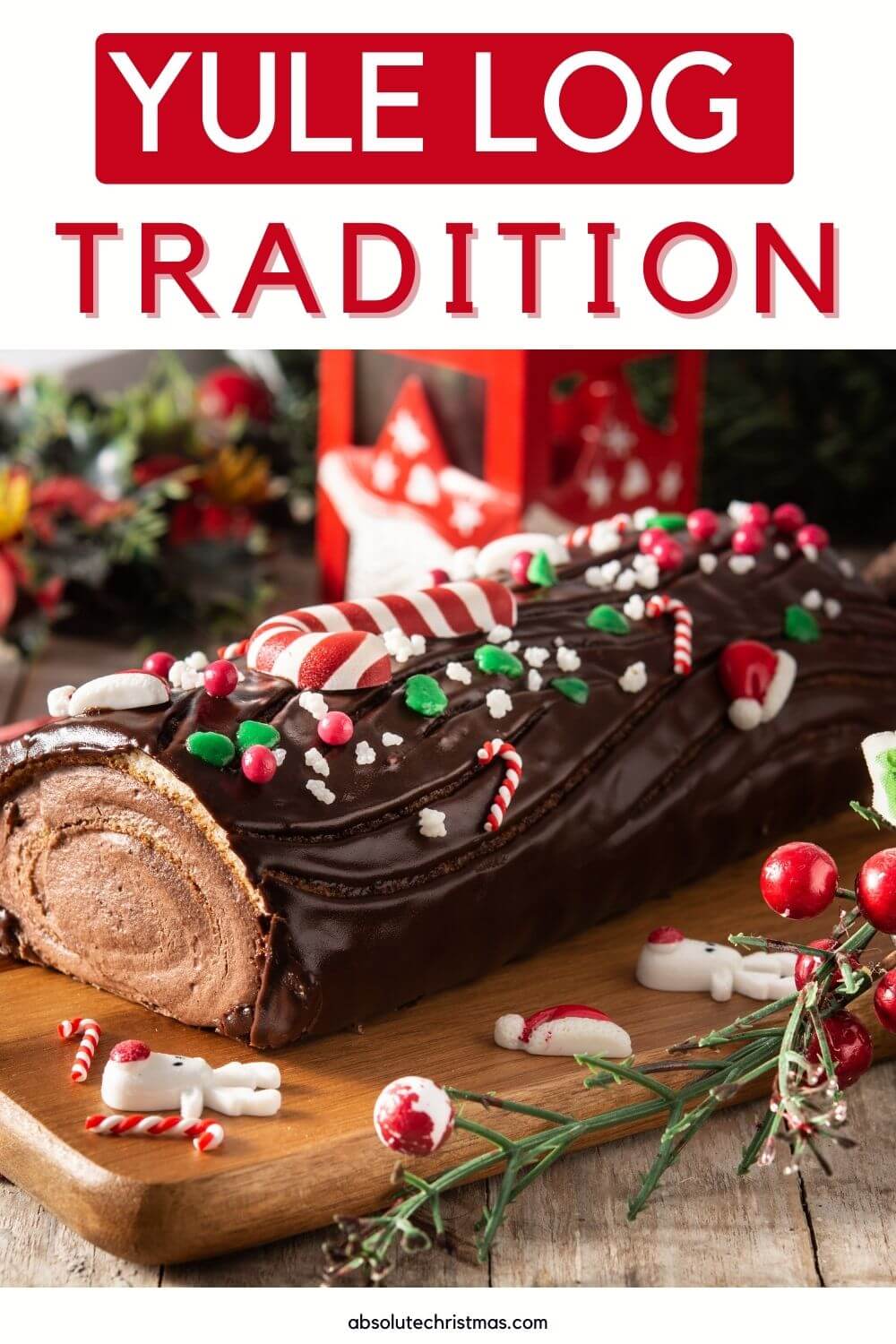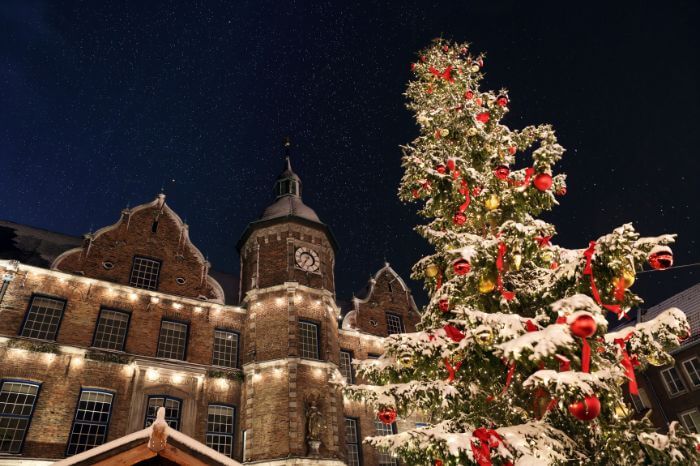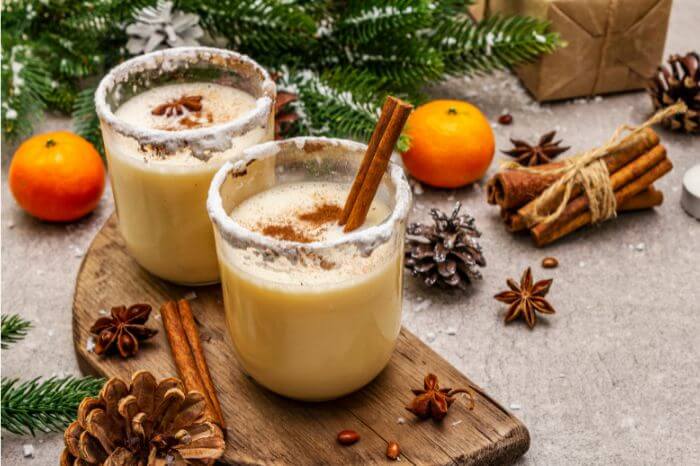Yule Log: Origin and Traditions Explained
Yule, a midwinter festival traditionally celebrated around the winter solstice, has been observed by various cultures for centuries. One of the most popular traditions associated with Yule is the burning of the Yule log.
This ancient custom has its roots in Northern Europe and has been passed down through generations.
During Yule, we gather with our loved ones to celebrate the longest night of the year and the return of the sun. The Yule log is a symbol of this renewal and represents the warmth and light that the sun brings.
The log is typically a large piece of wood that is decorated with evergreens, holly, and other festive decorations. It is then burned in the fireplace, and the ashes are said to bring good luck and protection to the home.
The Yule log tradition has evolved over time, but its essence remains the same. Today, we continue to honor this ancient custom by burning a Yule log and sharing the warmth and joy of the season with our friends and family.
Whether we celebrate Yule or Christmas, the Yule log serves as a reminder of the traditions that connect us to our ancestors and to each other.
The History of Yule
Yule is an ancient winter festival that has been celebrated for centuries. The origins of Yule can be traced back to pagan roots, but it has also been influenced by Christianity throughout history.
In this section, we will explore the history of Yule and its evolution over time.
Pagan Roots
Yule has its roots in pagan traditions that celebrated the winter solstice. The winter solstice is the shortest day of the year, and it marks the beginning of the winter season.
It was a time when people gathered together to celebrate the rebirth of the sun and the return of longer days. The festival was also associated with fertility and the renewal of life.
One of the most well-known pagan traditions associated with Yule is the burning of the Yule log. The Yule log was a large log that was burned in the hearth to bring warmth and light into the home during the darkest time of the year.
The ashes from the Yule log were believed to have magical properties that could protect the home from evil spirits and bring good luck in the coming year.
Christian Influence
With the spread of Christianity, Yule became associated with Christmas. The word “Yule” comes from the Old English word “geol,” which means “feast.” The Christian church adopted many of the pagan traditions associated with Yule, including the burning of the Yule log.
Today, many of the traditions associated with Yule have been adapted into modern Christmas celebrations. The Yule log has been replaced by the Christmas tree, but the idea of bringing warmth and light into the home during the darkest time of the year remains the same.
Overall, the history of Yule is a rich and complex one that spans centuries. It has been influenced by many different cultures and traditions, but at its core, it remains a celebration of the rebirth of the sun and the renewal of life.
Yule Log Traditions
Yule log traditions have been around for centuries, and they have evolved over time. In this section, we will explore some of the customs associated with the Yule log in Scandinavia, Germany, and Old England.
Scandinavian Customs
In Scandinavia, the Yule log was a central part of the midwinter celebrations. The log was typically an oak tree that was cut down and brought into the home.
It was then decorated with evergreen branches, ribbons, and candles. The log was lit on Christmas Eve and burned for 12 days.
The ashes were collected and spread on the fields to ensure a good harvest the following year.
German Traditions
In Germany, the Yule log was called the Christbrand, and it was typically made from a cherry tree.
The log was decorated with candles, holly, and mistletoe. It was lit on Christmas Eve and burned until Twelfth Night.
It was believed that the ashes from the Yule log would protect the home from lightning strikes and evil spirits. Gifts and nuts were often hidden in the trunk of the log, and it was said that whoever found them would have good luck in the coming year.
Old English Celebrations
The Yule log was an important part of Old English celebrations, and it was typically a large log that was dragged into the home. It was decorated with holly, ivy, and mistletoe, and it was lit on Christmas Eve.
The log was burned for 12 days, and it was believed that the ashes would protect the home from evil spirits. On Twelfth Night, the ashes were collected and used to make a protective charm for the home.
Overall, the Yule log has played an important role in winter celebrations for centuries.
Whether you follow the traditions of Scandinavia, Germany, or Old England, the Yule log is a symbol of warmth, light, and hope during the darkest time of the year.
Yule Log Decorations
One of the most exciting parts of the Yule log tradition is decorating the log. There are many ways to decorate a Yule log, from simple to elaborate.
In this section, we will discuss some of the most popular Yule log decorations.
Candles and Lights
Candles and lights are a popular way to decorate the Yule log. They represent the guiding beacons for the Christ child, and they may have evolved from the Yule log, which was lit to entice the Sun to return as part of the jól (Yule) festival in Scandinavia.
You can use candles of different colors or electric lights to decorate your Yule log. If you use candles, make sure to place them in a safe and secure manner to avoid any fire hazards.
Berries and Bells
Berries and bells are another popular way to decorate the Yule log. Holly berries, mistletoe berries, and cranberries are some of the most commonly used berries.
They represent the fertility and abundance of nature. Bells, on the other hand, represent the ringing in the new year.
You can tie berries and bells to your Yule log with ribbons or strings to create a beautiful and festive decoration.
Elves and Other Decorations
Elves, fairies, and other mythical creatures are popular Yule log decorations. They represent the magical and mystical aspects of the holiday season.
You can use small figurines or ornaments to create a fairytale-like scene on your Yule log. Other decorations like pine cones, acorns, and dried flowers can also add a natural and rustic touch to your Yule log.
Yule Log Treats and Drinks
When it comes to Yule log traditions, food, and drink are an important part of the festivities. Here are some of our favorite treats and drinks to enjoy during the Yuletide season.
Wassail and Ale
Wassail is a traditional hot spiced cider that is often served during Yuletide celebrations. It’s made with apples, oranges, cinnamon, cloves, and other spices.
Some recipes also call for added spirits like brandy or rum. Wassail is usually served in a large bowl or cauldron and shared among friends and family.
Ale is another popular drink during the Yuletide season. In fact, the term “Yule ale” was used in medieval times to refer to the beer that was brewed specifically for Yuletide celebrations.
Today, many breweries create special Yuletide ales that are only available during the holiday season.
Desserts
Yule log cakes are a classic dessert that is often served during Yuletide celebrations. These cakes are made to look like a log, complete with a bark-like texture, and decorated with meringue mushrooms and holly leaves. They are usually made with a sponge cake that is rolled up with a creamy filling and covered in chocolate frosting.
Eggnog is another popular Yuletide treat. This creamy, spiced drink is made with eggs, cream, sugar, and nutmeg. It can be served hot or cold and is often spiked with rum or brandy.
Other Yuletide desserts include gingerbread cookies, fruitcakes, and mince pies. These treats are often made with spices like cinnamon, nutmeg, and ginger, which are associated with the warmth and coziness of the Yuletide season.
Yule Log in Modern Times
In modern times, the Yule log tradition has evolved to fit the changing times. Technology has played a significant role in how we celebrate the Yule log tradition today. Let’s take a closer look at the impact of technology on the Yule log tradition and how it is celebrated in France and Slavic countries.
Technology and Yule Log
With the advent of electricity and gas heating, using a Yule log as a source of warmth during the winter months has become obsolete. However, the tradition of burning a Yule log on Christmas Eve has been kept alive through various means.
It is often seen as a way to bring warmth and light into the home during the dark winter months and to honor the traditions of our ancestors.
Another way the Yule log tradition has been adapted to modern times is through virtual Yule logs. Many people now use screensavers or videos of a burning Yule log to create a cozy ambiance during the holiday season.
This is especially popular in places where it is not possible to have a real fire, such as apartments or public spaces.
Yule Log in France and Slavic Countries
In France, the tradition of the bûche de Noël has become an integral part of the Christmas celebration. It is often served after the main Christmas meal and decorated with festive designs.
The tradition of burning a real Yule log has largely disappeared, but the symbolism of the Yule log as a source of warmth and light during the dark winter months is still present.
In Slavic countries, the Yule log tradition is still celebrated in various forms. In Poland, a large log is placed in the fireplace on Christmas Eve and sprinkled with holy water before being lit.
In Russia, the Yule log is called a “yolka” and is traditionally decorated with ribbons, fruit, and nuts. It is burned on Christmas Eve and the ashes are believed to have magical properties that protect the home from evil spirits.
Overall, the Yule log tradition has adapted to modern times while still retaining its symbolism and importance in many cultures. Whether it is through a cake, a virtual screen, or a real burning log, the Yule log continues to bring warmth and light during the holiday season.
More Christmas Traditions:
- German Christmas Traditions | How Germany Celebrates Christmas
- Mexican Christmas Traditions: How Christmas Is Celebrated In Mexico
